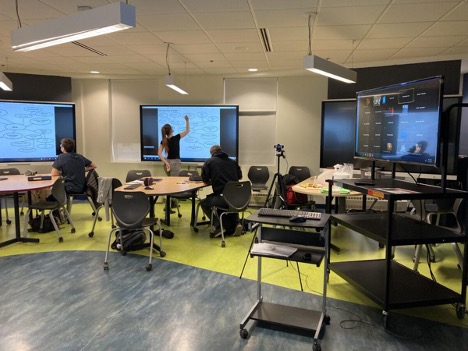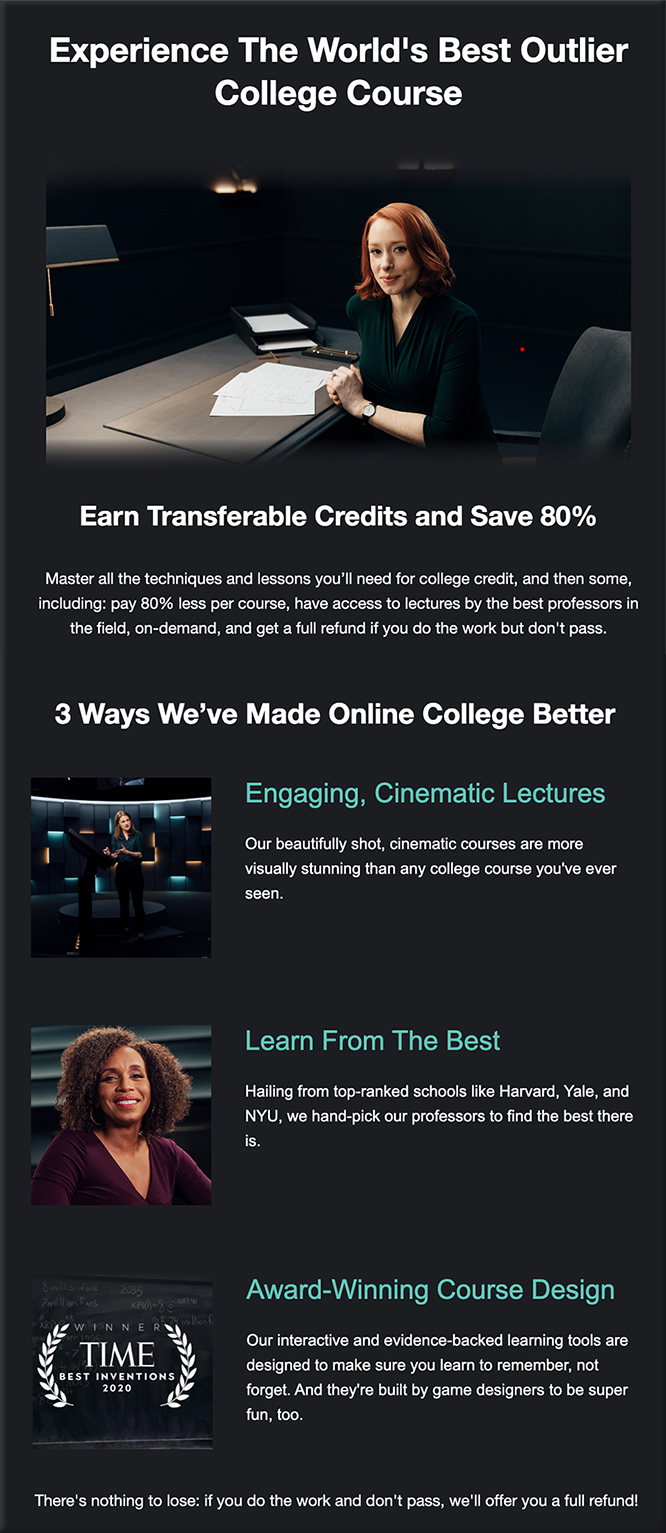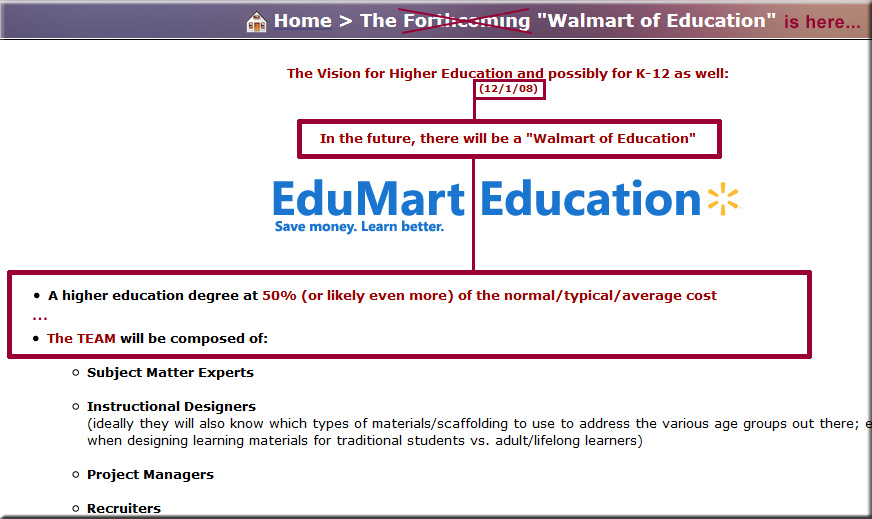Lessons Learned from Six Years of Podcasting — from derekbruff.org by Derek Bruff
Excerpt:
Last month on Twitter, I shared some of the many, many things I’ve learned from podcast guests over the last six years. I encourage you to check out that thread and listen to a few of my favorite episodes. Here on the blog, I’d like to share a few more general reflections about what I learned through producing Leading Lines.
Finally, one lesson that the podcast reinforced for me is that faculty and other instructors want to hear stories. Sure, a peer-reviewed journal article on the impact of some teaching practice is useful, but some of those can focus too much on assessment and not enough on the practice itself. Hearing a colleague talk about their teaching, the choices they’ve made, why they made those choices, what effects those choices have had on student learning… that can be both inspirational and intensely practical for those seeking to improve their teaching. A big part of Leading Lines was finding instructors with compelling stories and then letting them shine during our interviews.
Speaking of digital audio, also relevant/see:
With Audiobooks Launching in the U.S. Today, Spotify Is the Home for All the Audio You Love — from newsroom.spotify.com by
Excerpt:
Adding an entirely new content format to our service is no small feat. But we’ve done it before with podcasts, and we’re excited to now do the same with audiobooks.
…
Just as we did with podcasting, this will introduce a new format to an audience that has never before consumed it, unlocking a whole new segment of potential listeners. This also helps us support even more kinds of creators and connect them with fans that will love their art—which makes this even more exciting.
Addendum on 9/30/22:
- 8 TIME-SAVING TIPS FOR TEACHING WITH PODCASTS – EASY EDTECH PODCAST 182 — from classtechtips.com by Dr. Monica Burns













